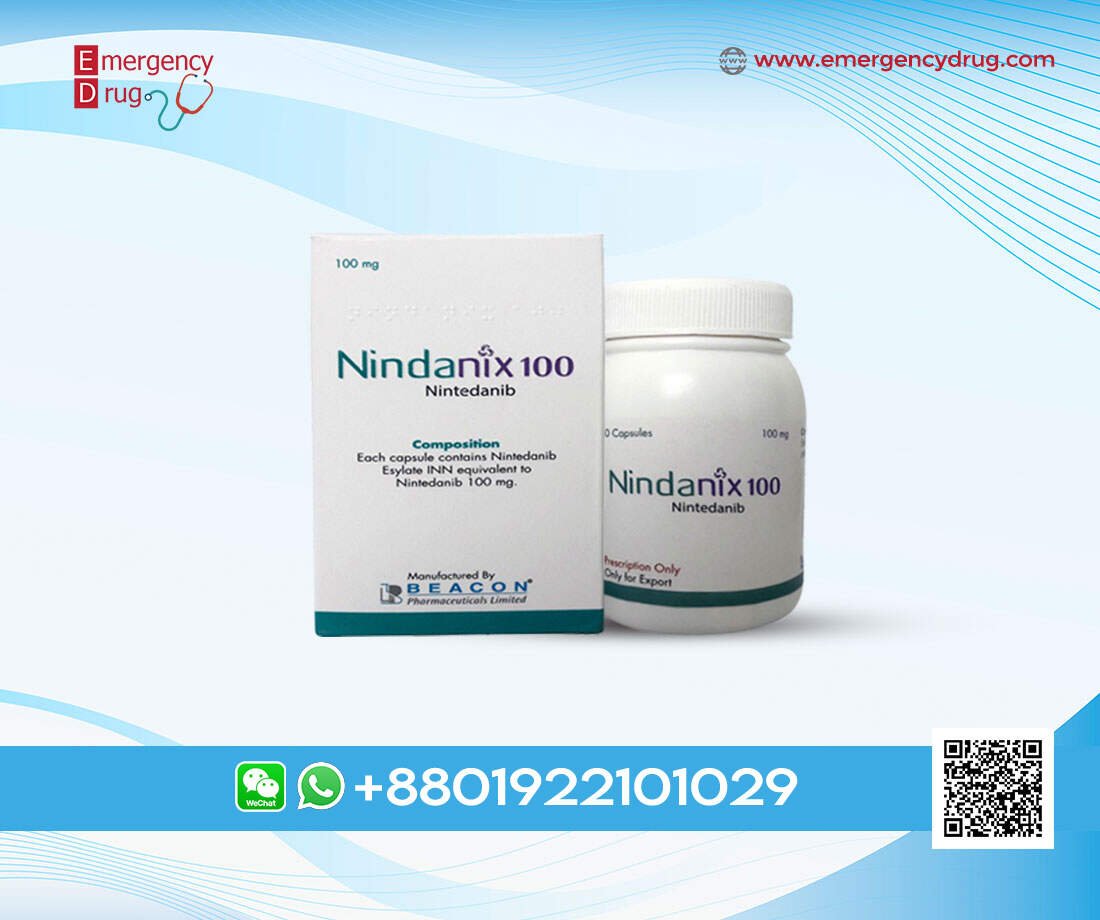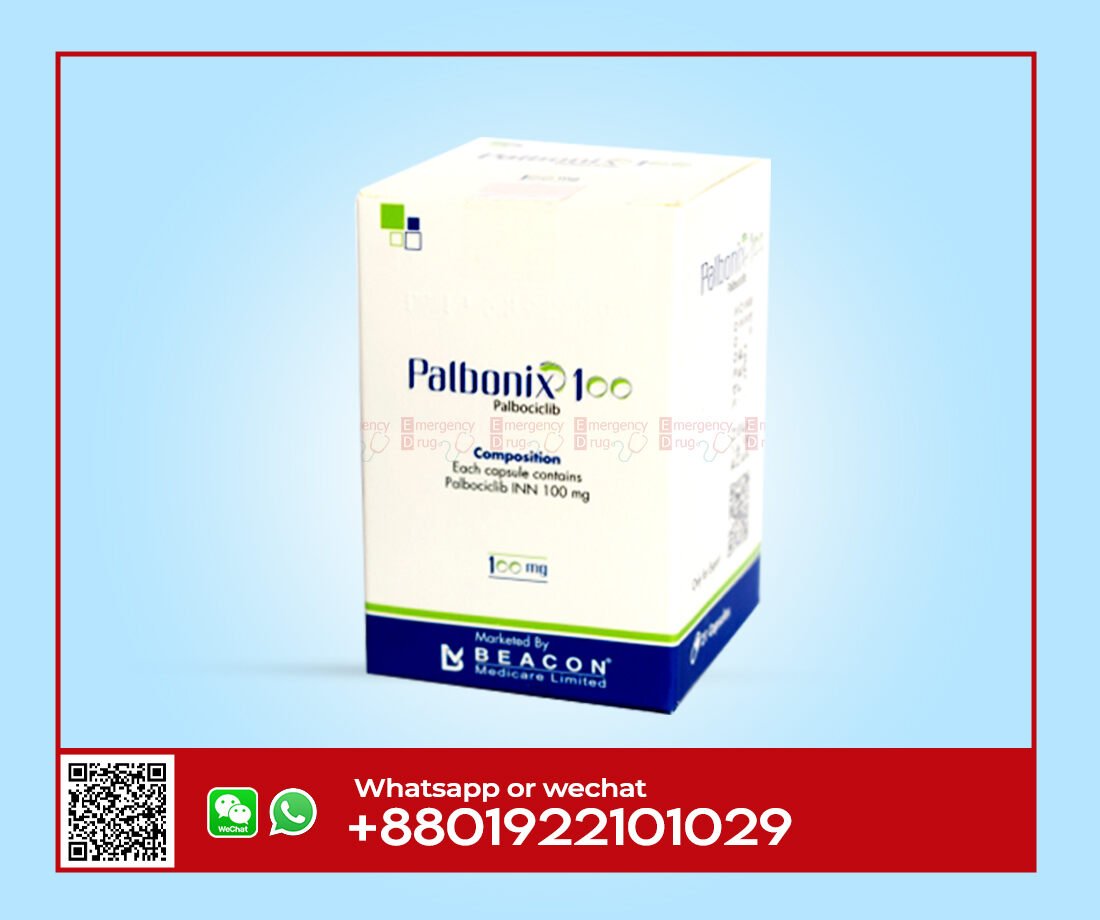
토파시닉스 (토파시티닙) 11mg – 30정
Price: $90.00
제품 특징:
| 제조업체 | : Beacon Pharma Ltd |
| 용도 | : 류마티스 관절염 |
| 용량 | : 11 mg |
| 수량 | : 30 정 |
| 보관 | : 30°C 이하 보관 |
| 등록 | : 수출 전용 |
편하게 WhatsApp 또는 WeChat 으로 연락 주세요.


Description
토파시닉스 11mg (토파시티닙)은 자누스 키나제(JAK) 억제제입니다. JAK는 세포막에서 발생하는 사이토카인 또는 성장 인자 수용체 반응에서 발생하는 신호를 세포 내로 전달하여 세포의 혈액 생성 및 면역 세포 기능에 영향을 미치는 세포 내 효소입니다. 토파시닉스는 JAK에서 신호 경로를 조절하여 STAT의 인산화 및 활성화를 제거합니다.
복용법 및 투여 방법
투여 지침: 토파시티닙을 투여할 때 절대 림프구 수치가 500세포/mm 미만, 절대 호중구 수치가 1000세포/mm² 미만, 또는 헤모글로빈 수치가 9g/dL 미만인 경우에는 투여하지 마십시오.
권장 복용량
류마티스 관절염 및 건선성 관절염 (비생물학적 DMARDs와 병용):
• 토파시닉스 (토파시티닙) 11mg을 하루에 한 번 복용합니다. 음식과 관계없이 복용할 수 있습니다.
• 중등도 또는 중증 신장 장애 또는 중등도 간 장애가 있는 환자에게 권장되는 복용량은 토파시티닙 11mg (토파시닉스)을 하루에 한 번 복용하는 것입니다.
• 권장 복용량은 궤양성 대장염 유도 치료를 위해 8주 동안 하루 두 번 10mg 토파시티닙을 복용하고, 유지 치료를 위해 하루 한 번 11mg을 복용하는 것입니다.
• 8주차까지 충분한 치료 효과를 얻지 못한 환자는 10mg 두 번 복용하는 유도 용량을 추가로 8주(총 16주)까지 연장할 수 있으며, 그 후 유지 치료로 하루 한 번 11mg을 복용합니다. 토파시닉스(토파시티닙) 유도 치료는 16주차까지 치료 효과가 없는 환자에게는 중단해야 합니다.
• 중등도 또는 중증 신장 장애 또는 중등도 간 장애가 있는 환자에게 권장되는 복용량은 총 하루 복용량의 절반입니다.
금기사항
경고 및 주의사항
토파시티닙을 복용하는 환자에서 박테리아, 마이코박테리아, 침습성 진균, 바이러스 또는 기타 기회감염 병원체로 인한 심각하고 때때로 치명적인 감염이 보고되었습니다. 토파시티닙과 관련하여 보고된 가장 흔한 심각한 감염에는 폐렴, 세포염, 대상포진, 요로 감염, 게실염, 충수염이 포함됩니다.
기회감염 중에서는 결핵 및 기타 마이코박테리아 감염, 크립토코쿠스증, 히스토플라스마증, 식도 칸디다증, 폐포자충증, 다발성 피부 대상포진, 거대세포바이러스 감염, BK 바이러스 감염, 리스테리아증 등이 토파시티닙과 함께 보고되었습니다.
일부 환자는 국소적인 질병이 아닌 전신성 질병으로 나타났으며, 면역조절제인 메토트렉세이트나 코르티코스테로이드를 병용하는 경우가 많았습니다.
UC(궤양성 대장염) 환자에서는 활동성 심각한 감염이 있는 환자, 특히 국소 감염이 있는 환자에게 토파시티닙(토파시닉스)의 사용을 피해야 합니다. 토파시티닙을 시작하기 전에 치료의 위험과 이점을 고려해야 합니다.
- 만성 또는 반복적인 감염이 있는 경우
- 결핵에 노출된 경우
- 심각하거나 기회감염이 있는 경우
- 결핵 또는 기생균이 풍토병인 지역에 거주하거나 여행한 적이 있는 경우
- 감염에 취약할 수 있는 기저 질환이 있는 경우
부작용
특정 인구군 사용
임신 및 수유
약물 상호작용
토파시티닙은 사이토크롬 P450 (CYP) 3A4의 강력한 억제제(예: 케토코나졸) 및 CYP2C19의 강력한 억제제(예: 플루코나졸)와 병용 시 토파시티닙의 노출이 증가합니다. 토파시티닙을 생물학적 DMARDs나 면역 억제제인 아자티오프린, 사이클로스포린과 함께 사용하는 것은 권장되지 않습니다.
음식 및 기타
토파시티닙은 자몽 주스와 함께 복용하는 것을 피해야 하며, 토파시티닙 치료 중에는 자몽 주스를 완전히 피해야 합니다.
과다 복용
토파시티닙 11mg의 과다 복용에 대한 특정 해독제는 없습니다. 과다 복용 시, 환자는 부작용의 징후와 증상을 모니터링하는 것이 권장됩니다.
토파시닉스 11mg의 약학 정보
보관 조건
공급 형태
토파시닉스 정제: 각 HDPE 용기에는 60개의 토파시티닙 정제, 실리카 겔 건조제, 어린이 안전 잠금 장치가 있는 폴리에스터 코일이 포함되어 있습니다.











Reviews
There are no reviews yet.